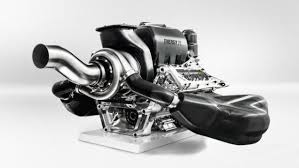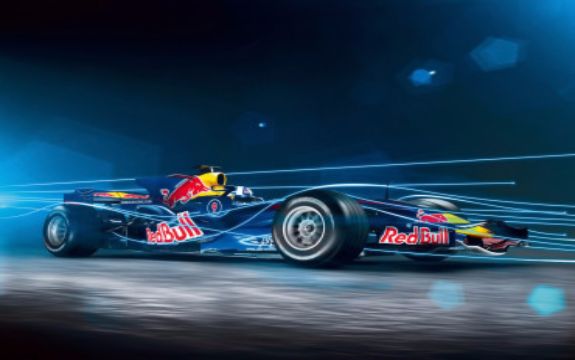SHARE
From Formula 1 to vehicles
3 Formula 1 innovations you can find in your car
Did you know that F1 is responsible for many gadgets that you have now in your vehicle? As the majority of their investment goes to R&D, this does not come as a surprise, actually. Today, we want to share with you three of those innovations. Carbon Fiber Monocoque Chassis Carbon Fiber Monocoque
Carbon Fiber MonocoqueNowadays nobody can imagine a sports car without a carbon fiber monocoque but, not everyone knows that it was incorporated for the first time in a F1 vehicle 35 years ago. Monocoque guarantees the safety of the driver in extreme situations. This carbon fiber safety cell is almost indestructible and plays a key role in the safety of Formula 1. The following image shows its evolution over the years.
 Monocoque evolution
Monocoque evolutionIn the early 2000s Ferrari started coating the inside of its F1 engines with a type of carbon designed to reduce friction, which meant the engine did not have to do much effort. The Ferrari 458 from 2010 has that same technology. Now, we can find it in many different vehicles: the new BMW i3 uses a carbon fiber monocoque chassis. McLaren's new 650S has also incorporated a lot of things from F1 including its aerodynamics.
 Williams FW14B Active Suspension 1993
Williams FW14B Active Suspension 1993Active suspension advances also came from F1. In 1992 the Williams F1 team developed an active suspension system that was unrivaled before it was outlawed for being too dominant. The car was able to balance itself through a corner so the driver didn't have to. By 1993 it was clear that active suspension was essential and almost every team had their own version of the technology.
 New F1 Turbocharged Engine
New F1 Turbocharged EngineBut…The turbo Era really began in 1983, when Piquet won his second World Championship by two point with a turbocharged BMW power plant. Now F1 currently use 1.6 liter four-stroke turbocharged 90 degree V6 reciprocating engines, producing around 700-800 horsepower in total. This is significant as nearly all road cars are moving towards turbocharged engines. Are you a F1 lover? Do you know that we are an official sponsor at Formula Student with UPM Racing? Follow us on Twitter and Facebook and get the latest news on how UPMRacing team is doing in the Formula SAE competition! Join us and experience with real engineering challenges!
